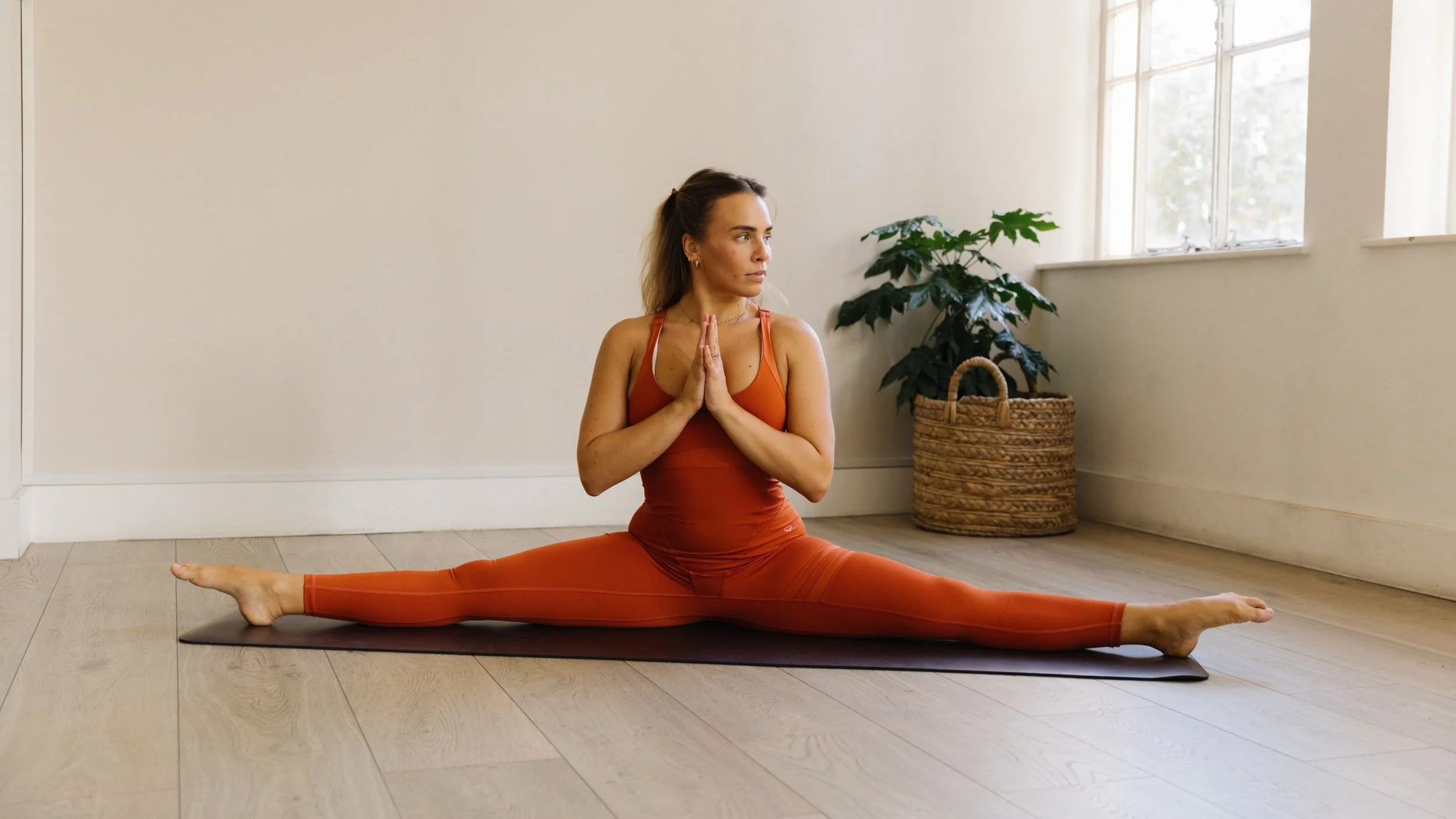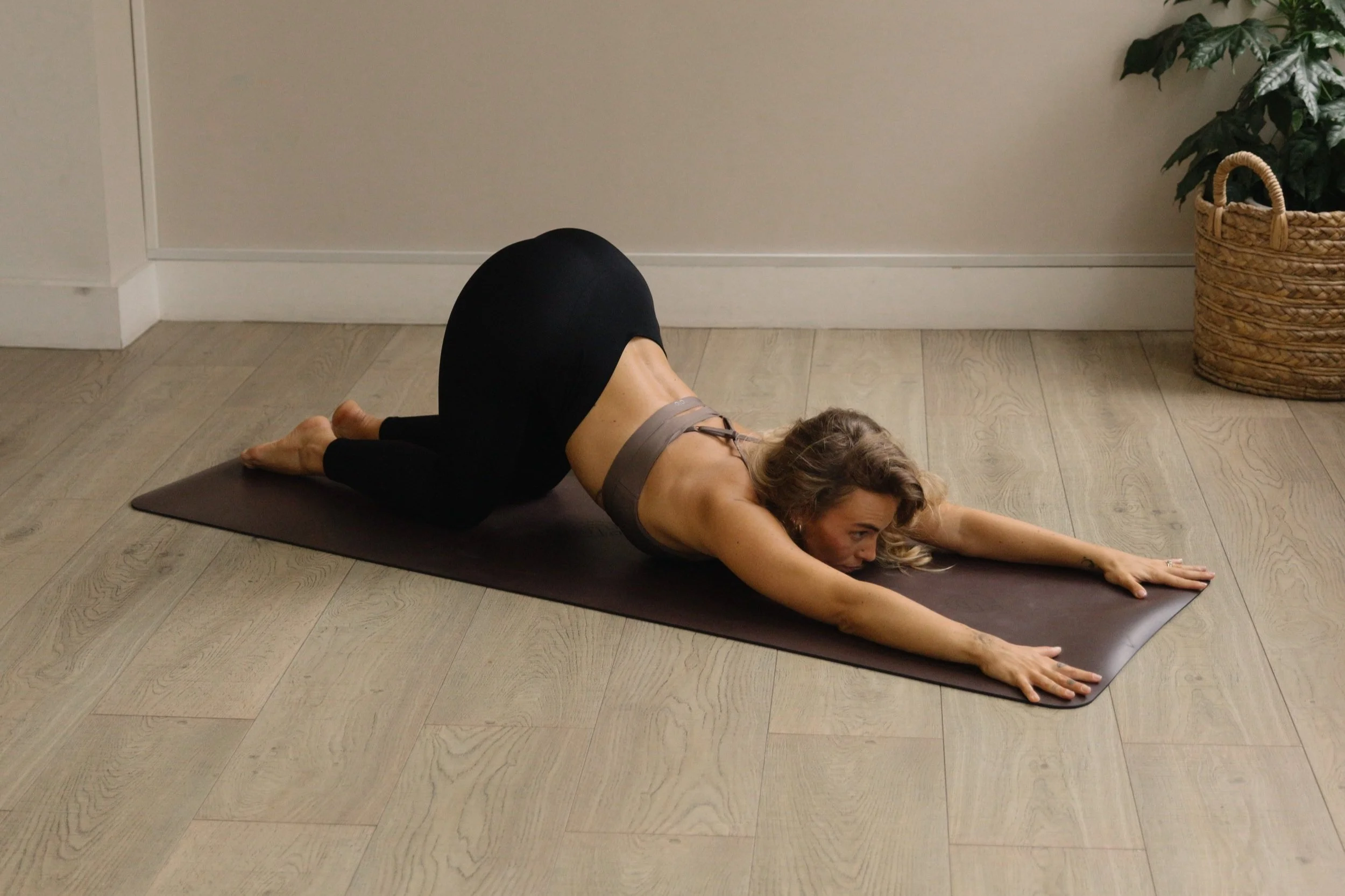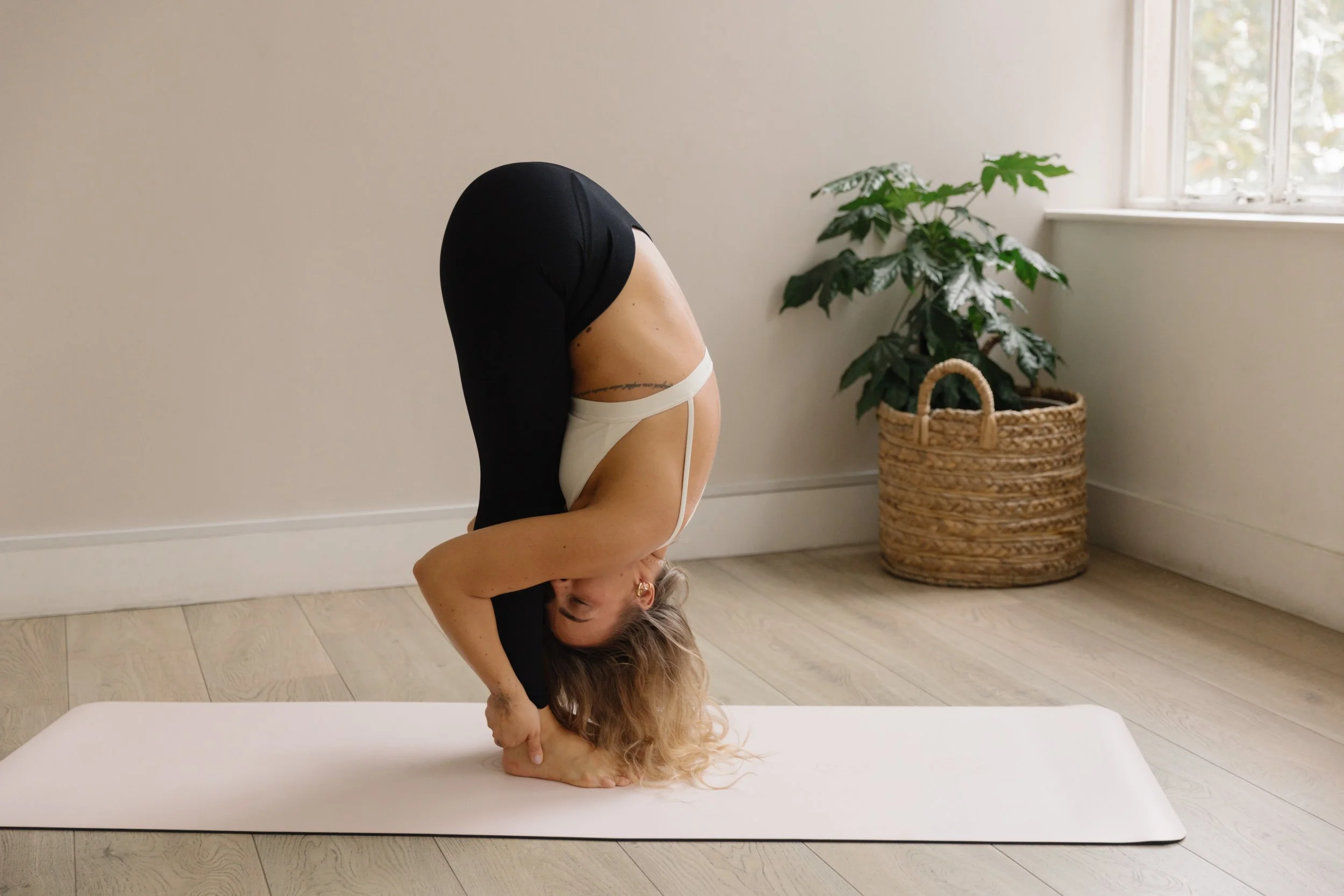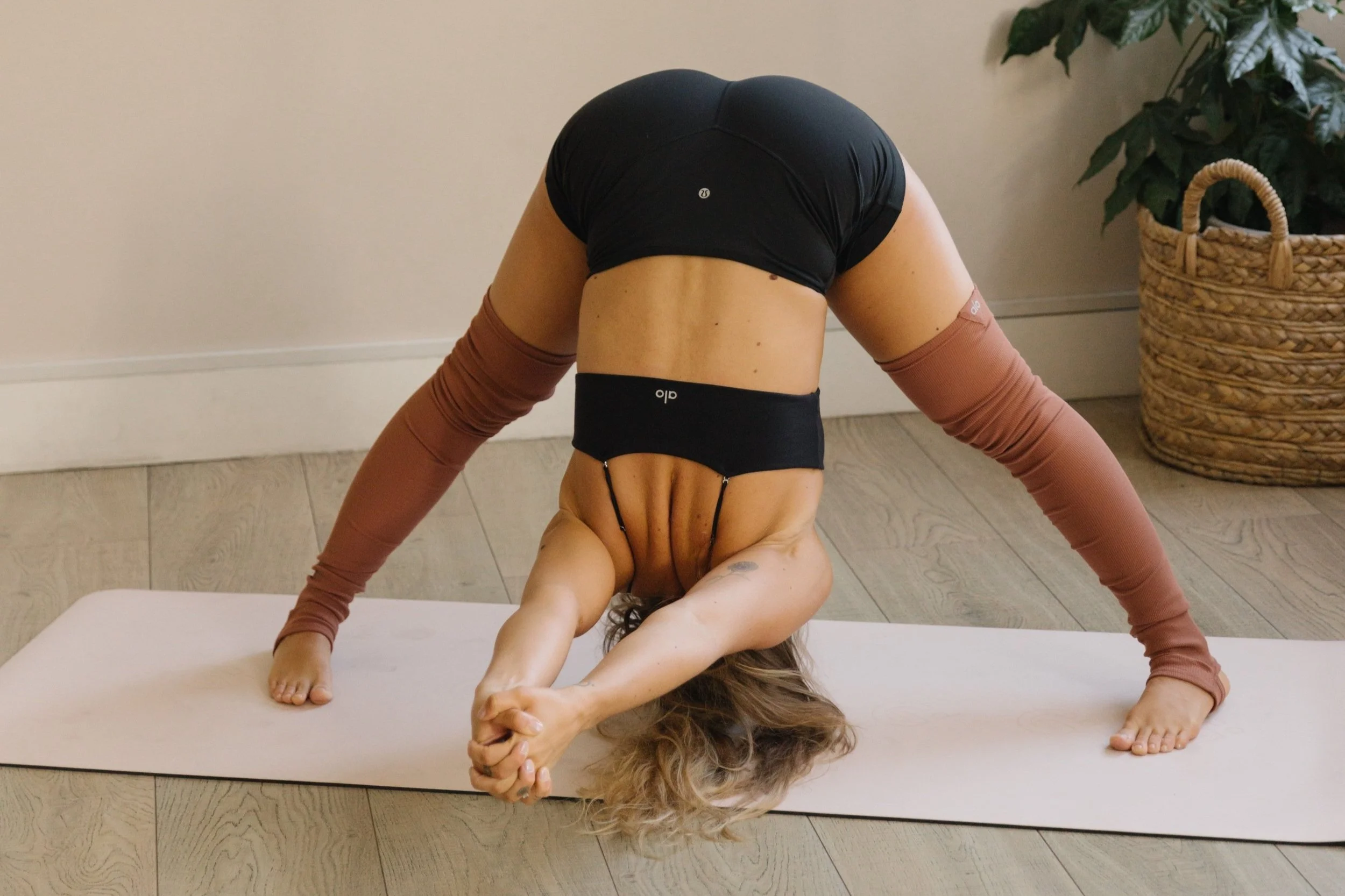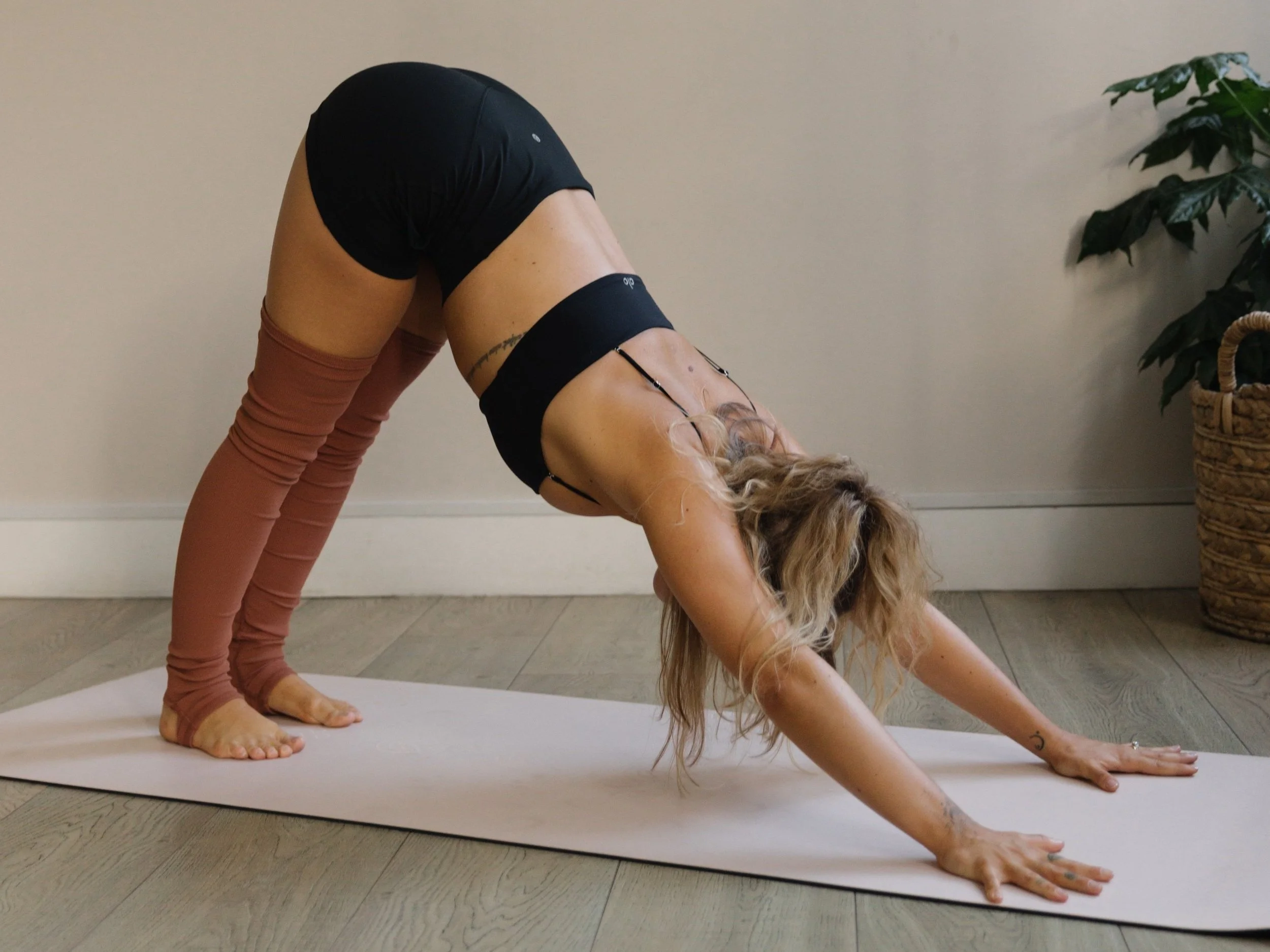Yoga for Flexibility: Poses and Routines to Improve Your Range of Motion
/Flexibility isn’t about being able to fold yourself into a pretzel (although that would be cool), it’s about allowing your body to move with ease and comfort. When your muscles and joints have a greater range of motion, everyday tasks like reaching, bending, and stretching feel smoother. And guess what? Yoga is one of the best tools to increase flexibility, whether you're a total beginner or someone who’s been practicing for years.
Let’s dive into some yoga poses and routines designed to help improve your flexibility while creating space in your body.
Why Flexibility Matters
Flexibility is more than just physical. It affects how we feel mentally too. When our bodies are tight and stiff, it can create tension, discomfort, and even stress. By adding flexibility-focused yoga to your routine, you’re not only stretching muscles but also releasing tension and opening up pathways for better circulation and energy flow.
The beauty of yoga is that it meets you where you are. You don’t have to be super bendy to start - you just need a willingness to move and breathe.
Upper Body: Shoulders, Chest, and Spine
1. Thread the Needle
This pose is magic for your shoulders and upper back. From a tabletop position (hands and knees), slide one arm under the other, resting your shoulder and cheek on the mat. Feel the stretch through the shoulder blade and breathe deeply. Repeat on the other side.
2. Puppy Pose
Keep your hips stacked above your knees and stretch your arms forward, allowing your chest to drop toward the floor. This opens up the chest, shoulders, and upper spine beautifully.
Back and Core
1. Cat-Cow
If your back feels tight, this flow is a go-to! Start in tabletop, arching the spine (Cow) as you inhale and rounding the back (Cat) as you exhale. This pose improves flexibility in the spine and releases tension.
2. Sphinx Pose
Lying face down, prop yourself up on your forearms with elbows under your shoulders. Gently lift your chest, keeping your lower belly active to protect your back. This pose strengthens and lengthens the lower back.
Hips and Glutes
1. Pigeon Pose
A deep hip opener, Pigeon is your friend if your hips feel tight. From Downward Dog, bring one knee towards the same side wrists and lower your hips. Keep your back leg extended and rest your upper body on the mat or stay more upright - whatever feels best!
2. Garland Pose
Sit into a squat with your feet wide, heels grounded, and hands in prayer at your chest. This deep squat opens the hips and stretches the groin and lower back.
Legs and Hamstrings
1. Forward Fold
From standing, hinge at your hips and fold forward, letting your head and arms hang heavy. Feel the stretch through the back of your legs, and don’t worry if your knees bend - this isn’t about touching your toes, but about lengthening your hamstrings.
2. Wide-Legged Forward Fold
Step your feet wide apart, hinge forward from your hips, and lower your hands to the mat or a block. This opens up the inner thighs and hamstrings.
Ankles and Feet
1. Downward Dog
A classic for a reason! While this pose is fantastic for many parts of the body, it also stretches the calves, hamstrings, and Achilles tendons. Don’t be afraid to bend your knees and pedal out your feet to warm up those ankles.
2. Heels Over a Block
Stand with your toes on a block or step, allowing your heels to hang off the edge. Slowly lower your heels toward the ground to stretch your calves and Achilles tendons. For an extra stretch, try pedalling your feet: pressing one heel down while bending the other knee, then switching.
Putting It All Together: A Simple Flow to Boost Flexibility
Here’s a quick routine you can try to stretch your entire body:
Cat-Cow Flow – 5 rounds
Thread the Needle – Hold each side for 5 breaths
Puppy Pose – Hold for 5 breaths
Pigeon Pose – Hold each side for 10 breaths
Forward Fold – Hold for 5 breaths
Garland Pose – Hold for 5 breaths
Wide-Legged Forward Fold – Hold for 5 breaths
Sphinx Pose – Hold for 5 breaths
Downward Dog – Hold for 5 breaths
Heels Over A Block – Hold both heels down for 5 breaths
The whole flow can take as little as 10 minutes, but you can stay longer in each pose if you have time to spare. Just remember to listen to your body and let go of any expectations. Yoga isn’t a race, and there’s no “perfect” way to be flexible. You’ll notice improvements in how you feel the more you practice, and that’s what really counts.
Tips for Improving Flexibility Through Yoga
Warm Up: before diving into deep stretches, it’s important to warm up your body with some gentle movement to get your blood flowing. Sun Salutations C (the ones with lunges!) are a great way to start.
Use Props: blocks, straps, and blankets can make poses more accessible, especially if you're working with tight muscles.
Stay Consistent: flexibility won’t come overnight, but with regular practice, you'll notice gradual improvements. Try to dedicate a few minutes every day to stretching and lengthening.
Breathe: your breath is your best friend when it comes to flexibility. As you inhale, create space in your body. As you exhale, allow yourself to sink deeper into the pose.
Be Patient: it’s easy to get frustrated if you’re not instantly flexible. Remember that yoga is a journey, not a destination.
Incorporating these flexibility-boosting poses into your yoga practice is a simple way to move with more freedom and comfort. Whether you’re looking to touch your toes or just want to feel less stiff, these stretches will help you loosen up and improve your range of motion. So grab your mat, take a deep breath, and give your body the space it deserves to stretch and release!
What’s your go-to yoga pose for flexibility? Let me know in the comments!

